In partnership with the U.S. Coast Guard and the Water Sports Foundation, instructors Paul and Kate Kuthe of the American Canoeing Association explain how to plan a kayak trip in our Safer Paddling Series: Episode 5.
There are certain things you must always take into account when planning a kayaking trip. Read on for our tips on what to consider and which measures to take to ensure the safety and enjoyment of everyone in your group.
How to plan a safe kayak trip
Accurately estimate the length of your trip
First, consider how long your trip will be. Most beginner kayakers can cover about eight kilometres in half a day—assuming favourable conditions and protected water.
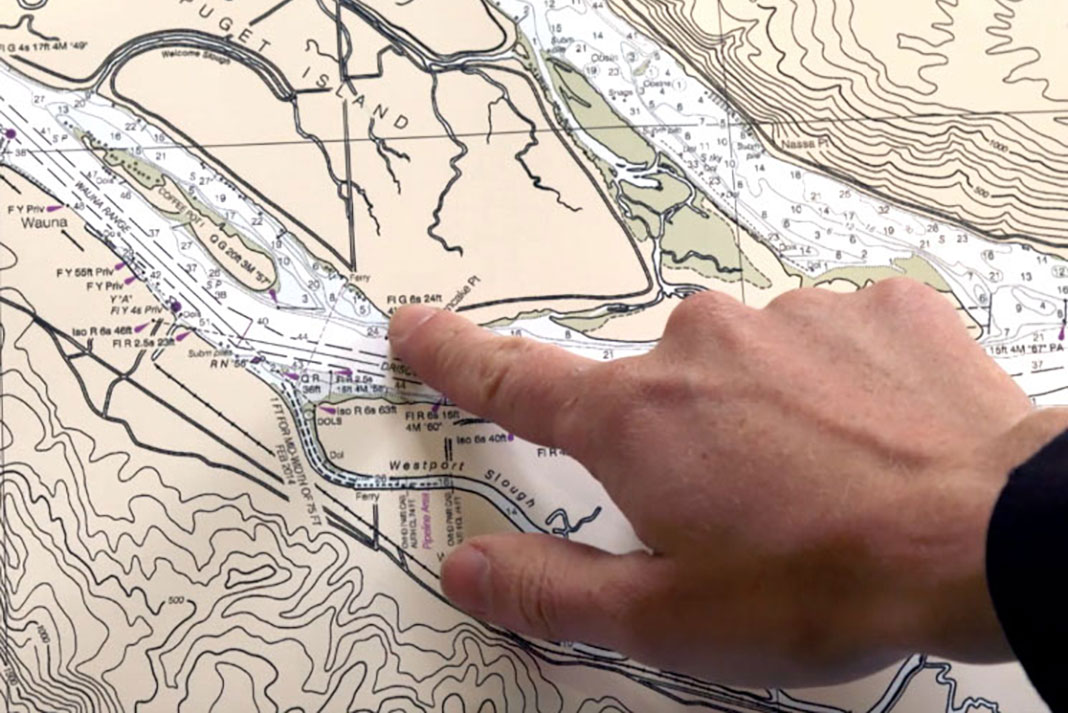
Research your options and listen to the experts
It’s important to do your research when planning your route. Use maps or a guidebook to plan your trajectory, and ask about good trips for beginner kayakers at your local paddling shop.
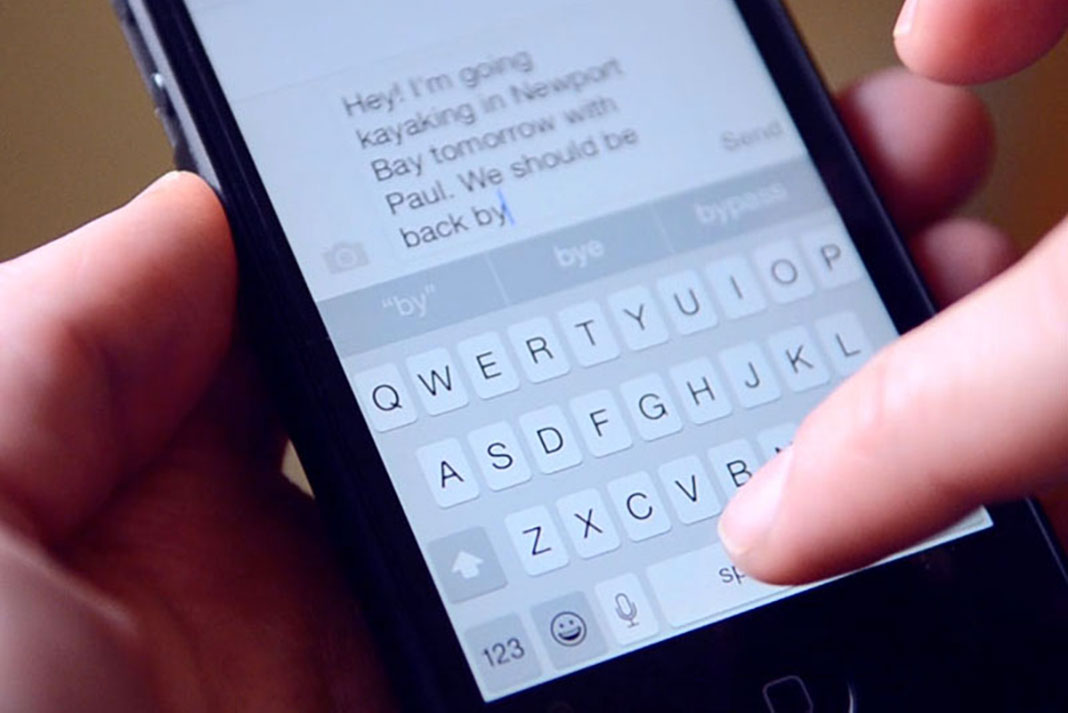
Tell the details to a friend
Before taking off, be sure to share your trip details with a trusted friend. Give them the four W’s:
- WHO you’re going with
- WHERE you’re going
- WHEN you’ll return
- WHAT to do if you don’t return
Local conditions are key
Don’t forget about the wind—remember that conditions are often calmest in the morning. Remember to take into account when the sun will set, so you can assure you have enough daylight to make it home.
See the sights safely on your kayak trip
Kayak tripping is a great way to see the sights and stay active, but kayaking also has an inordinately high rate of accidents and deaths compared to other activities like power boating. Our goal in explaining how to plan a kayak trip is to raise your awareness of safer paddling practices.
Follow these guidelines to enjoy your trip and keep yourself and your paddling partners safe. With the proper planning we can reduce the chances that paddlers everywhere will come to harm.
Be smart. Be safe. Have fun.
[ Read more: 14 Ways To Plan Your Greatest Kayaking Adventure Ever ]
As a United Stated Coast Guard nonprofit grant recipient, the Water Sports Foundation produces paddling safety outreach materials and distributes them through boating and paddling media providers.



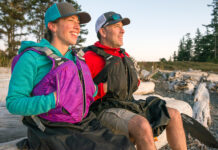
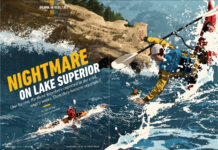
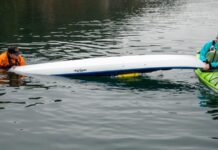
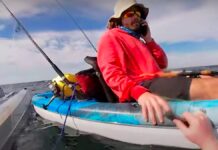


An important aspect of planning a trip across ocean waters is to know how to use a tide table and also nautical charts that show shoals, reefs, submerged rocks, etc. A too-general “how to plan for a trip” does more harm than good if it fails to list key elements of trip planning that are critical to a paddler’s safety.